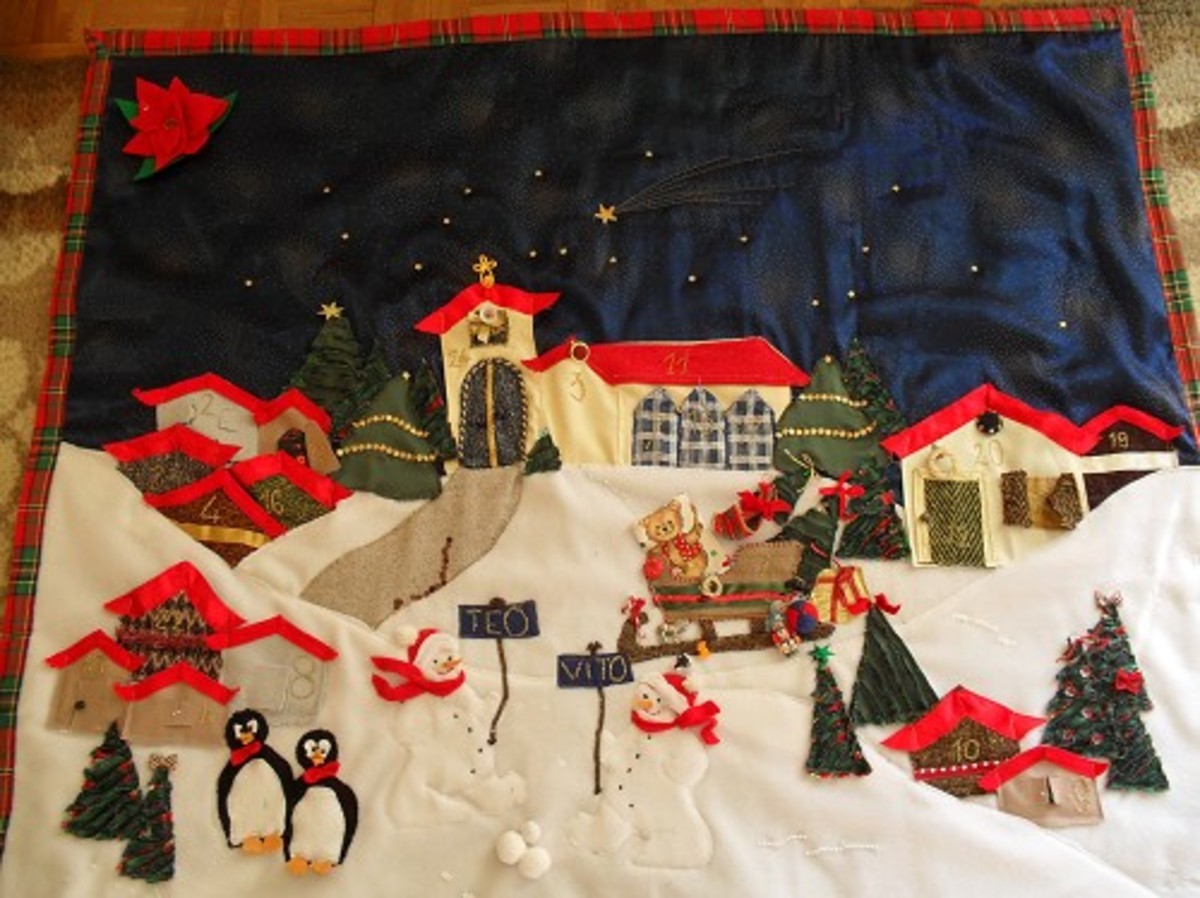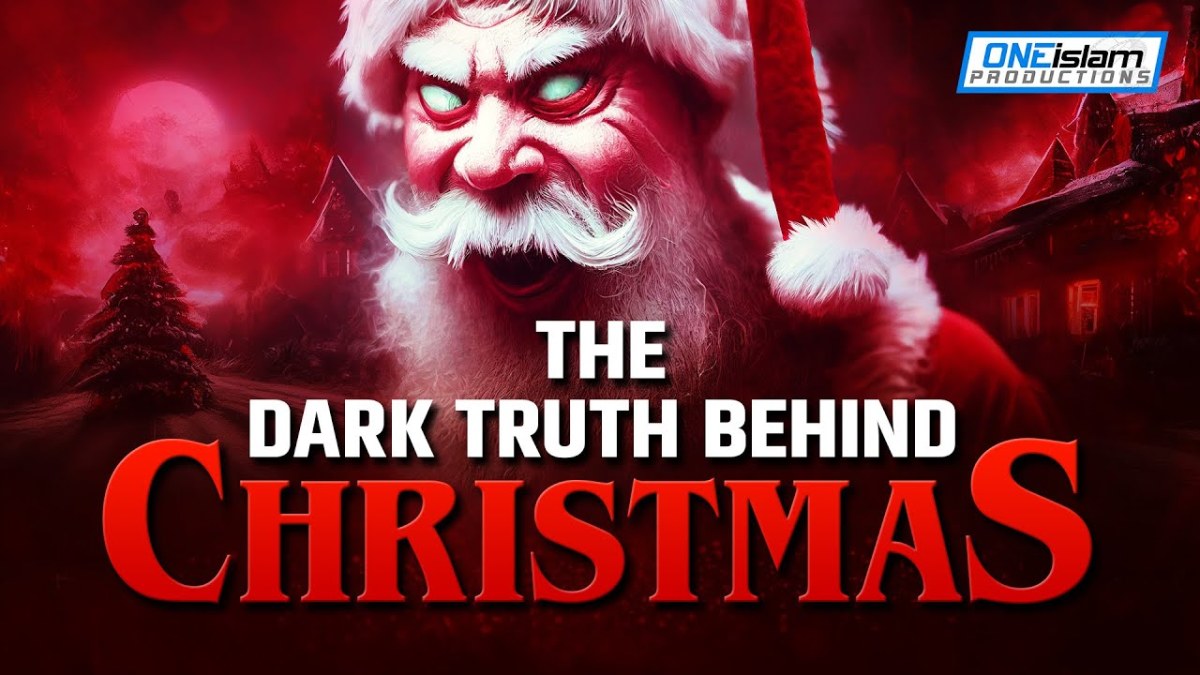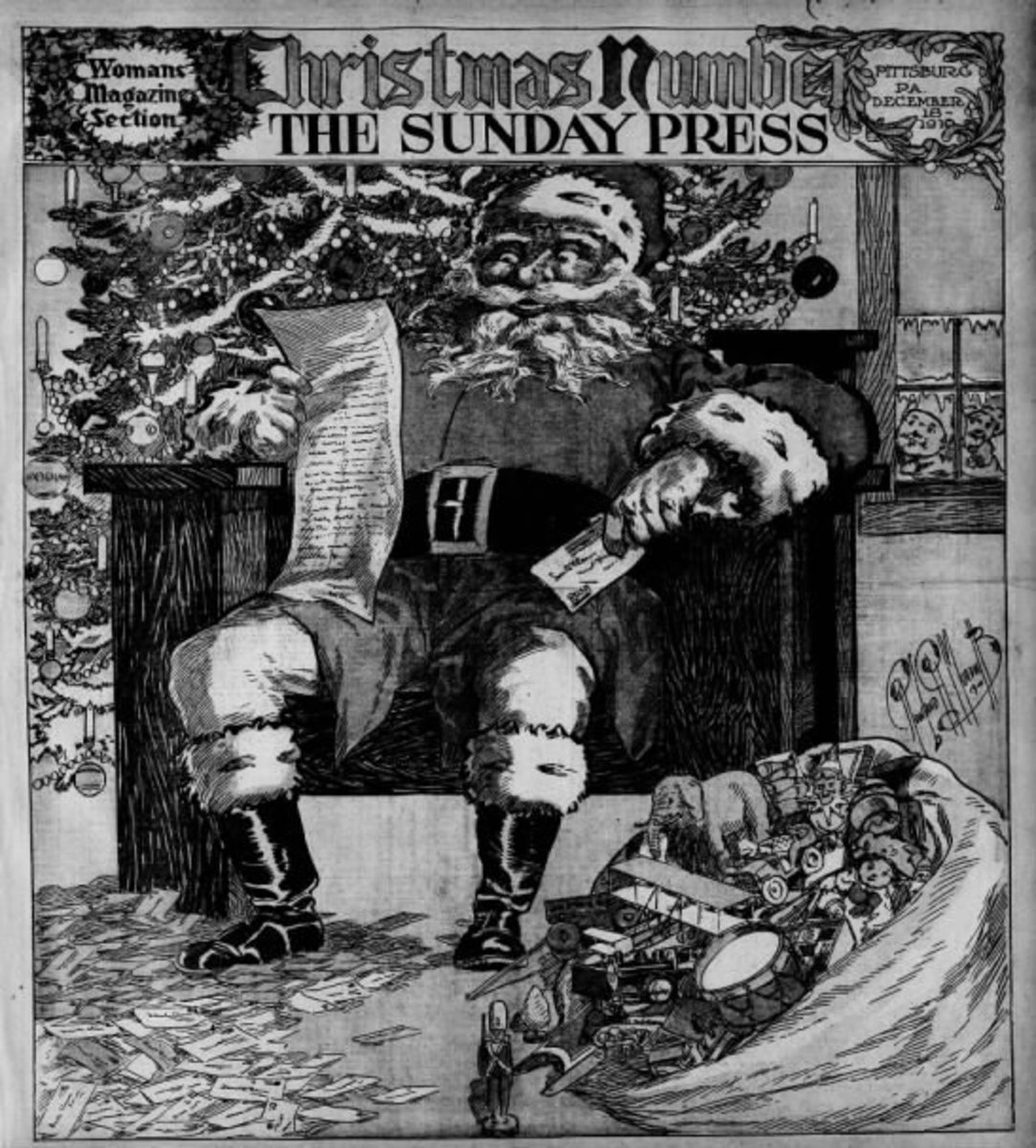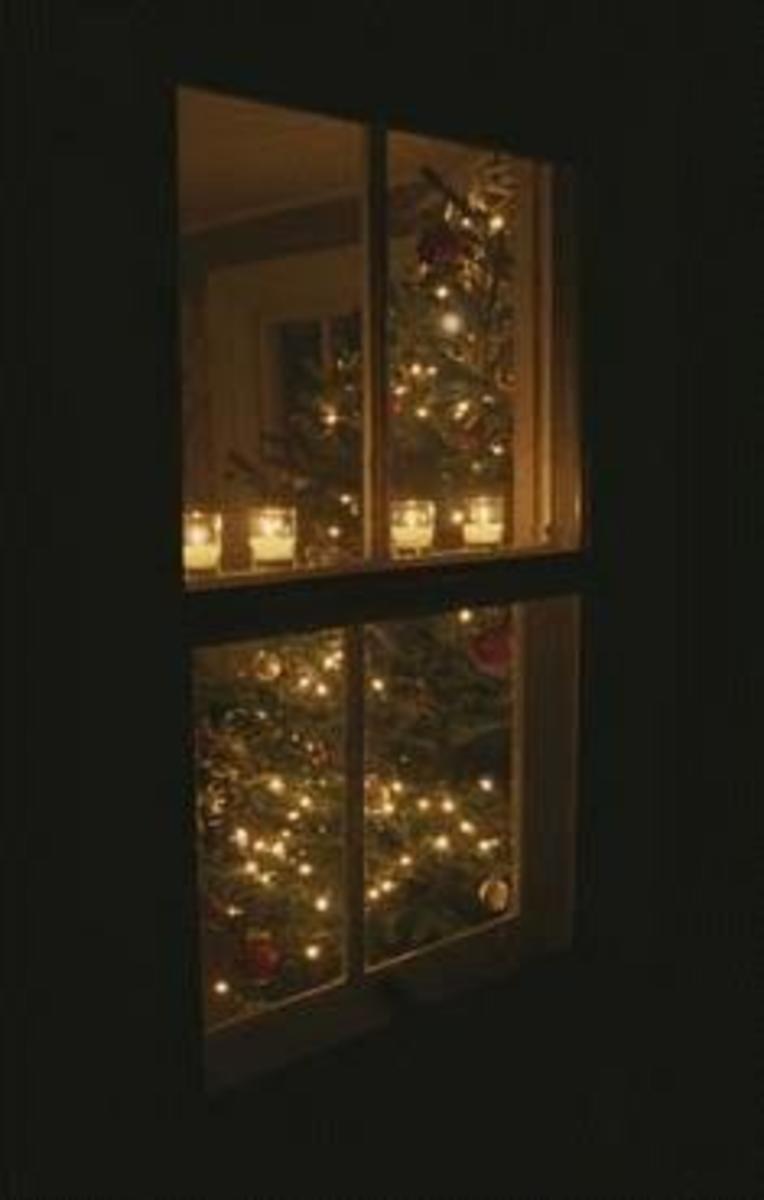The Night Before Christmas-Author Unknown
The Night Before Christmas is probably one of the most recited and cherished Christmas poems of the last 180+ years. A co-worker and I were discussing the names of jolly ol' St. Nick's eight tiny reindeer and discovered that she grew up being taught that one was named Donder where I had been taught it was Donner. In order to settle the disagreement, we thought we could clear it up in about two seconds by simply Googling it.
What we discovered surprised us both. How could we have heard and recited this poem all of our lives and never heard the fascinating story behind the poem and its actual significance to Santa as we know him?
Not only is there some question about the actual names of the reindeer and their origin, but even more importantly, there is controversy about who even wrote “The Night Before Christmas”. The author of this poem is still debatable to this day.
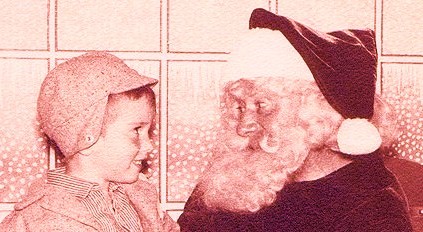
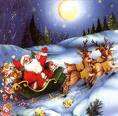
Trivia and Interesting Tidbits
- The Night Before Christmas was also known as Twas the Night Before Christmas and A Visit from St. Nicholas
- The poem was first published on Tuesday, December 23, 1823 in the Troy Sentinel on page 2 column 5. It had been submitted for publication anonymously. It was a popular poem and was reprinted anonymously many times over the years since then.
- Clement Clarke Moore (1779-1863), a wealthy Biblical scholar from Manhattan claimed ownership of the poem 14 years later in 1837. He included it in a book of his poems in 1844.
- Family and friends of Henry Livingston, Jr.(1748-1828) recall him reading them the poem at least 15 years before it was published. However, Henry Livingston, Jr. died in 1828 before Moore ever claimed ownership of the poem.
- Henry Livingston, Jr. anonymously published other poems and under the pseudonym of R in publications such as the Poughkeepsie Journal and the New York Magazine of Literary Repository. One of the subscribers to the New York Magazine was Reverend Moore, the father of Clement Clarke Moore.
- The physical appearance of Santa as we have come to know him today primarily began with this poem. Other features that began with this poem is the night of Santa's visit, riding on a sleigh, being pulled by reindeer, and being a peddler that drops off toys. Prior to this poem there was no consistency in the description of Santa, but many depicted him as tall and stern rather than a fat jolly elf.
- Editor Edmund Clarence Stedman reprinted Moore's version of the poem, and included the German spelling of Donder and Blitzen rather than the Dutch version of Dunder and Blixem. Both translate into English as Thunder and Lightning. The German word for thunder is Donner. This explains why my friend learned it as Donder, while I came from German descent and my family all said Donner. Technically, they’re both correct, although Dunder is evidently the true original spelling.
- The final words of the poem were originally written as “Happy Christmas to all, and to all a good-night”. This is changed in many reprinted to coincide with the standard Christmas greeting of “Merry Christmas to all, and to all a good night”.
- There are four hand-written copies of the poem. Three of the copies are on display in museums. The fourth hand-written and signed copy by Clement Clark Moore was given to a friend in 1860. In December 2006, this copy sold between private collectors for $280,000. The only info released by the auction house was that it was a Manhattan CEO of a media company who made the purchase.
- Vassar College English Professor Donald Foster feels that it is impossible for Moore to be the author of the poem. He believes the evidence indicates that it is highly probable that Henry Livingston, Jr. is the true author. He has written a book about it called “Author Unknown”. Foster is probably best known for identifying Joe Klein as author of “Primary Colors” and William Shakespeare as the author of “Funeral Elegy”.
- Henry Livingston, Jr. was actually a distant relative to Clement Moore’s wife.
In Conclusion
Regardless of who actually wrote the poem, it's a timeless classic. Do a little research through the wealth of information on the internet to help you decide for yourself who you think authored "The Night Before Christmas".
Merry Christmas to All, and to All a Good Night!
For More Information
- Santa Claus's Reindeer: Information from Answers.com
Santa Claus's reindeer This article needs reorganization to meet Wikipedia's quality standards . There is good information here, but it is poorly - Enter a Few Key Words and Create Your Own Version of 'Twas the Night Before Christmas
- Livingston and Moore



